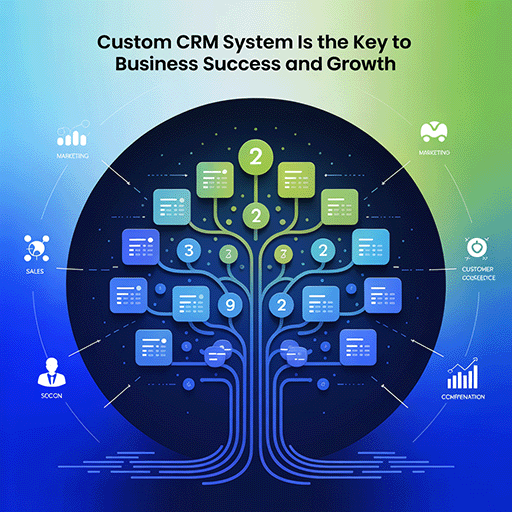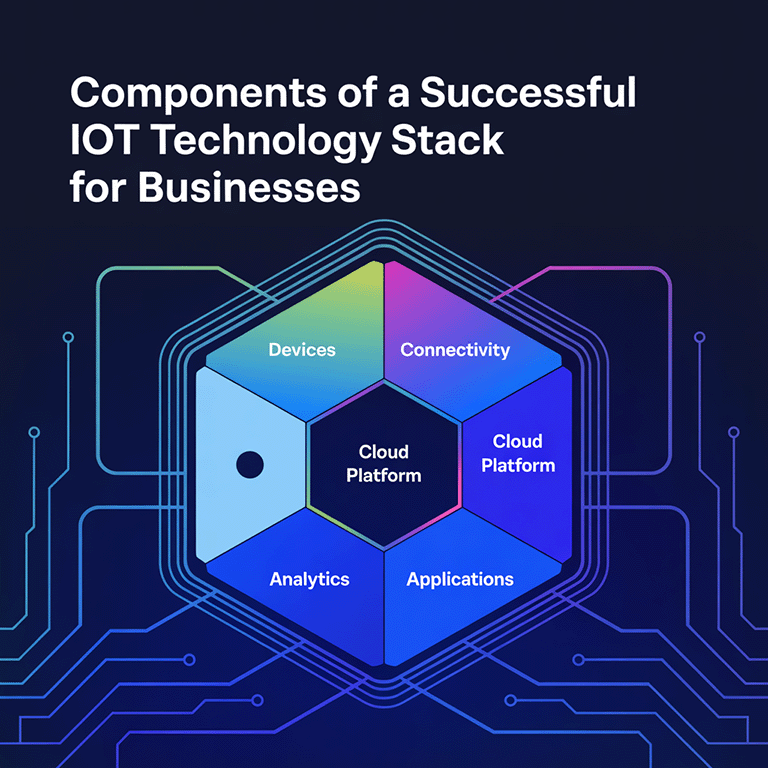Chatbots are changing business-customer relations like never before by helping people get assistance around the clock. Many companies are turning to AI chatbots to tap into new revenue streams. For example, Bank of America’s conversational AI agent Erica led to a 19% increase in earnings. Nonetheless, chatbots must be fed specific information to work efficiently and intelligently; otherwise, they would be useless machines without any purpose or ability.
In this article, we will walk you through every stage involved in custom datasets training for chatbots. We’ll also explain how to collect and organize the right data to make your chatbot smarter. Are you set to give your chatbot a new meaning?
The Role of Individual Data in Chatbot Training
In the case of AI chatbots, ‘IQ’ denotes the intelligence ‘quotient’ of the system, meaning the system’s capacity to comprehend, process, and answer multiple questions. Usually, to train a chatbot, about 200,000 questions and over 2 million corresponding answers are used.
We will be looking at why one needs to train a chatbot with individual data sets if they want it to be more tailored to each user, thus providing an effective service. Although chatbot models already exist with basic features, not every chatbot fits every business perfectly. Hence, there is a need for tailored training.
Choosing the Right Chatbot – A Comparison Guide
| Tool/Model | Key Features | User-Friendliness | Cost | Performance | Use Cases |
| Botpress | Open-source, modular design, multi-language support | Moderate | Free | High | E-commerce, personalized recommendations |
| Rasa | Open-source, customizable, multi-language support | Moderate | Free | High | Customer support, lead generation |
| TensorFlow | Open-source, customizable, multi-language support | Difficult | Free | High | Advanced AI applications, custom ML models |
| Dialogflow | Integrates with Google services, multi-language support | Easy | Paid | High | Virtual assistants, interactive experiences |
| Wit.ai | Multi-language support, integrates with Facebook services | Easy | Paid | Medium | Social media bots, FAQs |
Prerequisites for Effective Chatbot Development
Before you start training your chatbot using your datasets, there are a few things you need to have done in preparation.
• Programming language Skills: You should have some experience using computer languages such as Python and/or JS since these are often applied when building chatbots.
• Development Framework: Further, select an appropriate chatbot framework before proceeding. Dialogflow and Rasa are examples of platforms that many people have widely used to develop their chatting software models.
• Data Organization Strategy: Without a plan to collect or store information necessary for chat robots to learn faster, there would never be any success in that endeavor.
• Setting Up The Development Environment: Finally, set up your development environment with all required libraries and tools for a streamlined development process.
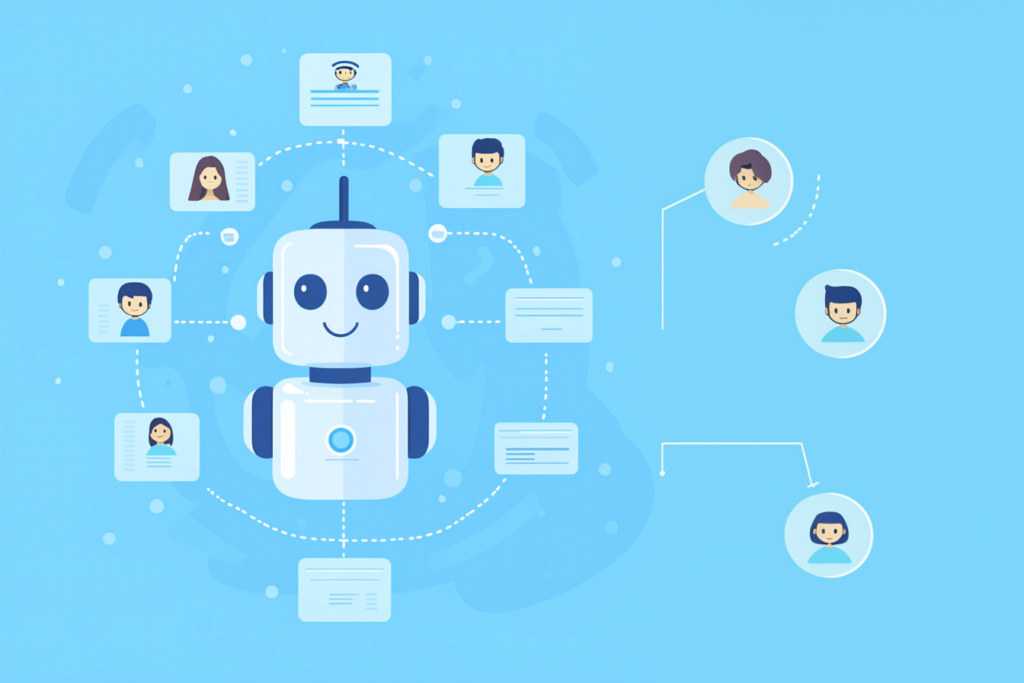
Once these are in place, you can start training your chatbot.
1. Data Collection and Preparation
Creating a corpus of data from various sources is essential to developing a chatbot, as it will allow you to teach it properly. A good dataset enables your chatbot to understand the users’ queries and give accurate answers.
Below are the steps that one should take to collect and prepare data for chatbots:
- Custom dataset collection: Design your data set by compiling information collected from multiple sources. This could range from client communication records, FAQs, and domain-specific files related to your line of operation. A diverse dataset will help your chatbot discern different user intentions and contextual issues much better.
- Data Preprocessing: It is important to preprocess your data once collected. One major reason for this is to eliminate noise, which can be typos or irrelevant information, while still handling missing values appropriately. Moreover, it is important to maintain data format consistency. To do this, you may have to standardize terms, correct spelling mistakes, or categorize responses.
When you take the time to gather and prepare your datasets correctly, you are setting up a strong foundation for creating meaningful and effective chatbots.
2. Choosing a Chatbot Framework
Opting for the proper chatbot framework is critical in creating a chatbot that will bring profit.
2.1) Dialogflow
- What it is: A Google cloud-based chatbot development platform targeted for developers who want to build the app fast.
- Online communication: It enables easy and fast prototyping by integrating seamlessly with different Google services like Google Assistant and Firebase.
- Designed for the user: It has an intuitive graphical interface that lets anyone design bots without necessarily having programming skills.
2.2) Rasa
- What it is: Rasa is an open-source chatbot framework that gives you more freedom and control in designing and implementing your chatbot.
- Target user: This is best for complex chatbots in certain domains, such as specialized chatbots requiring in-depth knowledge of what users want.
- Personalization: Customizing Rasa allows for precision control over the actions/responses given by your bot, thus making it perfect for power users who need more control.
Knowing the strengths of each framework enables you to choose the one that meets your objectives and conforms to your technical necessities.
3. Training the Chatbot
A critical step in chatbot development is training the AI system. This will involve a detailed discussion about the training process, including key concepts such as recognizing intent, identifying entities, and handling context.
Here’s how you should go about training your chatbot concerning intents:
- Define Intents: You can start with the different intents you want your chatbot to notice. An intention in this sense may relate to various objectives users have or what prompts them to use chat services, respectively; examples include booking flights, checking current weather conditions, and searching for restaurants nearby.
- Prepare Training Data: After that, prepare a dataset of messages from users paired with their corresponding intents. Each intent should have multiple phrases that are varied. For instance, “I want to fly to New York” or “Can you help me book a flight?” could be used to indicate the intent of ‘book a flight.
- Model Training: Make your information work for you now! Utilize machine learning methods to teach a model that understands the intents of these data sets. The most common techniques employed are recurrent neural networks (RNNs) or transformer models, which are examples of natural language processing (NLP) systems. Moreover, you can unlock hidden insights in your data with our machine learning expertise.
- Evaluation: Finally, let’s test the performance of this model using another set of test data. This way, we can determine whether the chatbot can correctly identify intents based on its classification problem. If there is a need, do some fine-tuning for higher accuracy levels.
With these guidelines, your chatbot can grasp intention when interacting with users through useful responses.
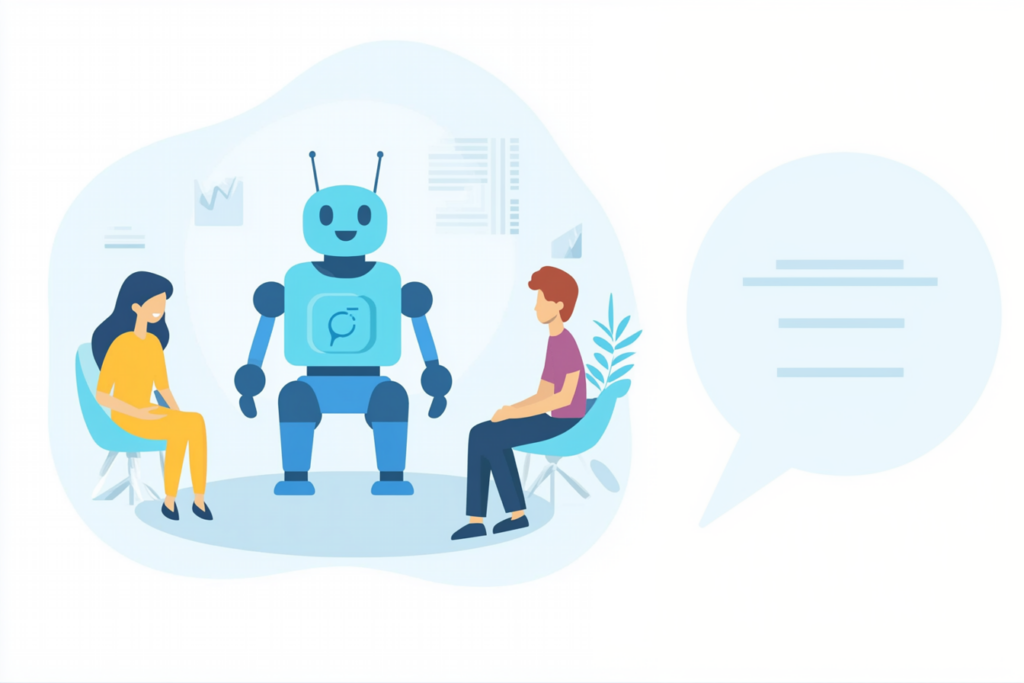
4. Entity Recognition
Entity recognition entails identifying specific information from a user’s message. For example, when you build a chatbot for hotel reservations, detecting details like ‘check-in date,’ ‘place,’ or ‘number of guests’ is critical for making accurate bookings.
Below are steps for training your chatbot for entity recognition:
- Define Entities: Begin by identifying the types of information that your chatbot should recognize. These could be products’ names, dates, places, or anything else related to your business.
- Annotate Training Data: Now that your entities are set, proceed to annotate training data, marking incidences of the above-mentioned entities within user utterances and their categories. E.g., “I want to stay in New York from October 10 to 15”.
- Train the Model: Using machine learning techniques, you can develop an entity recognition model. Try using famous libraries such as Spacy or Rasa NLU, which have friendly training tools for naming entity recognition models.
Finally, evaluate your model’s performance on a test data set to see how well your chatbot can recognize entities in real-life situations.
5. Context Handling
Context handling enables your chatbot to maintain and utilize context from previous user interactions. This capability is essential for creating more natural and coherent conversations, especially during multi-turn dialogues where the exchange isn’t just one-off questions and answers.
Here’s how to train your chatbot for effective context handling:
- Context Tracking: First, implement a mechanism to track the conversation’s context. This involves keeping track of user responses, the current intent, and any recognized entities. Maintaining this information allows your chatbot to refer back to it throughout the conversation.
- Dialogue Management: Next, create a dialogue management system that understands the conversation’s flow. This system should be capable of deciding when to ask for clarification, provide answers, or guide users through more complex tasks. A well-structured dialogue management approach ensures a smoother user experience.
- User Memory: Maintaining a memory of user interactions and responses is also important. This helps your chatbot understand queries that refer to previous messages or actions, making the interaction more personalized and engaging.
- Training with Context: Finally, train your chatbot model with context awareness in mind. This means ensuring that the model can effectively use the context to generate relevant responses based on the flow of the conversation.
Focusing on these steps will empower your chatbot to handle context more effectively, leading to richer and more meaningful user interactions.
6. Testing and Validation
To ensure that your chatbot is properly functioning and meets the user’s expectations, we have to test it.
Conversation Flow Testing: This involves checking how well your chatbot does in multi-turn conversations. It should be context-aware and give responses that make sense during a back-and-forth conversation.
Below is a simple means of conducting conversation flow testing:
- Test Scenarios: Let’s start by creating scenarios showing how conversations might occur in reality. It’s about putting in place questions that one would ask under various circumstances involved in several interactions, among other complex issues, including some tricky ones that require multiple interactions. This way, your bot can handle any chat.
- Testing Environment: To perform this test, one must create a controlled environment that will allow the scripts to run as your bot behaves. This resembles a training field where one can observe without any disturbances.
- Evaluation: The last step in chatbot testing involves running these scripts and analyzing how your chatbot performs. It is important to note if it maintains context and answers questions asked by different users correctly. Also, don’t forget to analyze how it deals with interruptions or changes during the conversation. This feedback will help you adjust it to improve its performance.
Following these simple instructions should enable you to ensure a smooth and exciting conversational experience for the users of your chatbot.
7. Intent Accuracy Testing
Intent accuracy testing is all about checking how well your chatbot can recognize user intents. In other words, it’s crucial to ensure your chatbot understands what users want or are asking for.
Here’s a simple way to perform intent accuracy testing:
- Test Data: Start by preparing a test dataset that includes a variety of user messages, each labeled with the correct intent. This dataset should cover different ways users might express the same request, so your chatbot gets a good mix to learn from.
- Testing Process: Once your test data is ready, feed it into your chatbot. Observe how accurately it recognizes the intents. You can calculate the accuracy by comparing the intents your chatbot recognizes with the actual intents (the ground truth) you labeled.
- Confusion Matrix: Create a confusion matrix to help you spot common misclassifications. This matrix will show where the chatbot gets confused between different intents. By looking at this, you can identify which intents need more training.
- Fine-Tuning: If you notice that certain intents are often misclassified, consider fine-tuning your intent recognition model. You can do this by adding more training data or adjusting the existing data to improve recognition.
By following these steps, you’ll ensure that your chatbot accurately understands user intents, leading to better interactions and happier users.
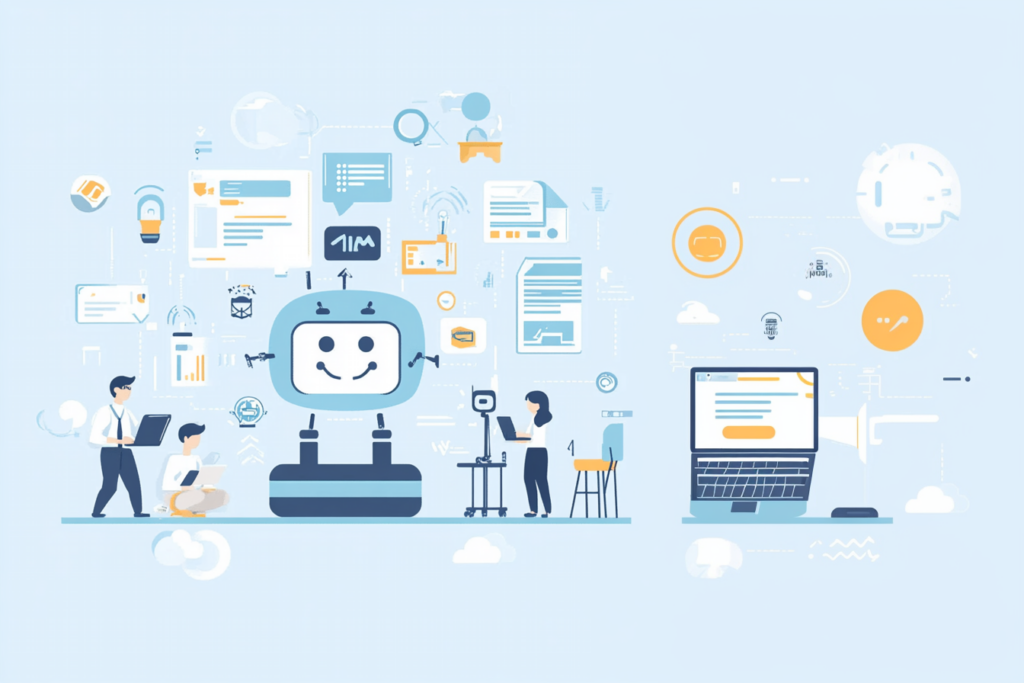
8. Deployment
Getting your custom-trained chatbot out there for users is super important. We’ll chat about different ways to deploy your chatbot.
Hosting Options
When you are ready to deploy your chatbot, keep several hosting options in mind. Each of them has advantages and disadvantages depending on what you need.
- Cloud Hosting: AWS, GCP, and Azure offer scalable and reliable hosting services. One can access your chatbot globally, given that you only need to turn it into a web service.
- On-Premises Hosting: Consider this hosting if you love data privacy and wish to be in full control of what you have set up.
- Chatbot-as-a-Service (CaaS): You will find specific platforms offering chatbot-as-a-service options, making deployment very easy and simple. You will only focus on developing your chatbot while they handle everything related to hosting, scale, and maintenance.
- Serverless Computing: If you deploy your chatbot through serverless functions, you will only incur charges for the time it is used. It’s a way to save money while still getting your chatbot out there.
Consider these hosting options and determine the most appropriate way to deploy your chatbot so it is always there for users in need.
9. Integration with Messaging Platforms
Want to get your chatbot in front of more users? Integrating it with popular messaging platforms is the way to go. Imagine your chatbot chatting away on Facebook Messenger, Slack, or even on your website — places where your audience is already hanging out.
Here’s how to make that happen:
- Platform APIs: Most messaging platforms have user-friendly APIs that let you easily connect your chatbot. Start by creating a developer account, setting up your application, and configuring webhooks. Think of webhooks as your chatbot’s special hotline to receive and send messages.
- Chatbot Bridge: Next, consider building a “chatbot bridge.” This clever tool connects your chatbot’s brain with the messaging platform, translating messages back and forth. It’s like having a bilingual buddy who makes sure everything gets understood.
- User Authentication: Don’t forget to set up user authentication. This ensures that only authorized users can chat with your bot, keeping your conversations safe and secure.
- Real-time Communication: For an engaging experience, consider using technologies like WebSockets. It enables real-time communication, allowing your chatbot to respond instantly.
No one likes waiting, right?
By integrating your chatbot with these popular messaging platforms, you’re expanding its reach and creating a dynamic, interactive experience that users will love.
10. Maintenance and Continuous Improvement
For your chatbot to remain effective, relevant, and aligned with the ever-changing needs of its users, it must be continuously maintained and improved.
Here is how you can manage new data for your chatbot:
- Data Sources: These could range from updated product catalogs through user feedback to system log entries containing messages between agents handling clients’ requests under similar conditions. Knowing them helps maintain the chatbot’s accuracy and relevance, too.
- Data Integration: Develop systems that help bring this new information into your bot’s knowledge repository or training set without interference. It could be using regular imports or real-time feeds for frequently changing data.
- Data Preprocessing: Always clean the raw data you have received before you can go any further with it. Without cleaning, there can be no consistency and no accuracy. Cleaning will ensure high-quality interactions and accurate information.
- Retraining: Machine learning models form the basis of some chatbots; thus, they need these models retrained periodically with new datasets. This way, your conversational agent remains knowledgeable and can handle the most recent queries effectively.
By focusing on maintaining your chatbot, you increase its capabilities and improve user engagement, making it more enjoyable and satisfying.
11. Monitoring User Feedback
Let’s talk about something essential you can do for your chatbot — getting feedback from users.
Feedback is like having a treasure chest of insights about how your chatbot does and where it could be improved. It can come directly or indirectly through multiple sources, such as surveys or user reviews.
The following are ways in which you can get feedback on your chatbot and utilize it effectively:
- Feedback Collection: Firstly, collect feedback from the users of your chatbot! You may achieve this through email surveys, the chatbot itself, or feedback forms on your website. The more ways there are to obtain feedback, the better.
- Sentiment Analysis: Find out what people think after analyzing the sentiments expressed in that feedback. By doing so, one can know if any common dissatisfaction or issues need to be addressed more broadly. It is how we know whether users have positive or negative feelings towards their chatbot encounters.
- Issue Tracking: Monitor complaints by your audience members so as not to lose any of them. Create a system for the inputs received and organize them depending on their impact level. Thus, you will easily determine where to start solving the problem!
Actively watching user feedback ensures that your chatbot adapts to meet their needs.
Tailored Chatbot Solutions by Litslink
Are you prepared to change the way you interact with customers? Begin training your artificial intelligence chatbot immediately. If you need help training your AI chatbot, let Litslink’s AI developers do the work for you. We can assist you in building a brilliant artificial intelligence chatbot that suits your requirements.
- Expert AI Development
- Custom Chatbot Solutions
- Multi-Platform Deployment
- Advanced NLP Capabilities
- Ongoing Support & Maintenance
- Analytics & Insights
- Scalable Solutions
Transform your business with Litslink today.
Wrapping Up
Using custom databases to train your chatbot can improve the user experience and make your chatbot more interesting. Incorporating personalization, intent recognition, and context handling helps develop a chatbot that speaks directly to your audience. For better responses and relevancy, collect user insights and refine its performance by adding new functionalities; every upgrade contributes to maintaining its success rate.


